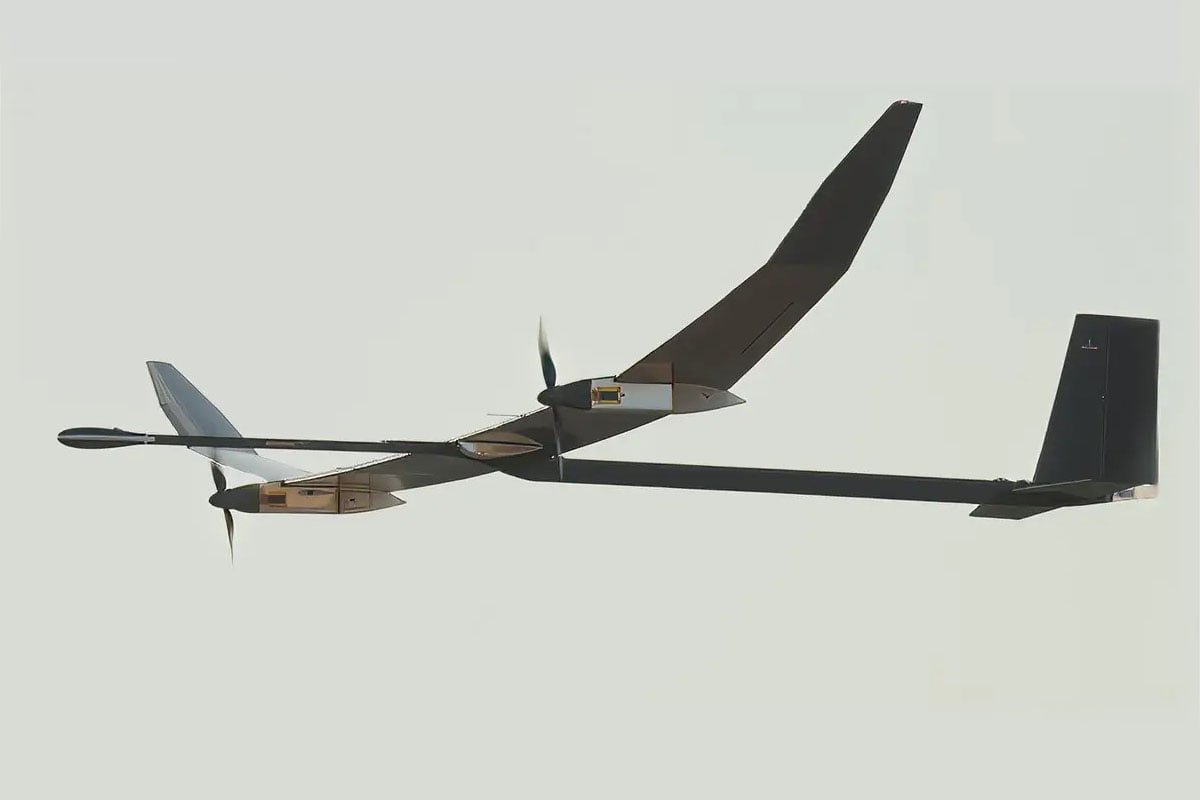
UK solar-powered drone to stay airborne for months
Lincad, a UK-based battery systems specialist, has secured a contract with Prismatic, a subsidiary of BAE Systems, to develop high-voltage lithium-ion battery packs for the PHASA-35 high-altitude unmanned aerial system.
The project aims to expand the operational capabilities of PHASA-35, an ultra-light, solar-electric aircraft designed to remain airborne for extended periods in the stratosphere.
PHASA-35 — short for Persistent High Altitude Solar Aircraft — is positioned as a high-altitude pseudo satellite (HAPS) and provides a cost-effective, long-endurance alternative to traditional space-based imaging and communications systems. Developed at Prismatic’s Hampshire facility, the aircraft successfully completed stratospheric flight tests in 2023 and 2024, reaching altitudes above 66,000 feet.
In a statement, Bob Davidson, CEO of Prismatic, said, “PHASA-35 is a British designed and built system that is the result of successful collaboration with companies big and small. We’re really proud of the work we’ve done to mature PHASA-35 at pace ready for operation as soon as 2026.”
The agreement focuses on enhancing PHASA-35’s battery capacity, enabling the system to maintain flight during nighttime hours when solar energy is unavailable. The aircraft is powered by solar photovoltaic panels that recharge its batteries during the day. At night, energy is supplied entirely by battery storage.
Peter Slade, Joint Managing Director at Lincad, said, “PHASA-35 is a hugely exciting project that is pushing the boundaries of what’s possible in HAPS and UAS technology. We were thrilled to secure this contract to supply a bespoke battery system for this world-leading engineering project and look forward to developing the technology further with Prismatic in the future.”
The new battery system includes a high-voltage battery management system (BMS) designed to monitor and regulate performance, incorporating both software and hardware-based safety mechanisms. According to the company, the battery pack uses advanced lithium-ion pouch cells and was engineered to meet the demanding constraints of weight and space required for high-altitude applications.
To meet these challenges, Lincad developed a specialized build procedure for the high-voltage modules powering PHASA-35. The design prioritizes both energy density and long-duration reliability — two critical features for unmanned systems intended to operate for months without landing.
As noted by Prismatic, the PHASA-35 platform weighs just 150 kilograms and spans 35 meters. It is built to host a variety of sensors, providing adaptable support for applications such as environmental monitoring, surveillance, communications, and security. The aircraft’s modular design allows onboard systems to be updated as new sensor technologies are developed.
With its projected operational deployment as early as 2026, the PHASA-35 project underscores the growing role of solar-electric unmanned aircraft in defense and intelligence-gathering roles. BAE Systems and its partners are promoting the system as a persistent platform capable of filling coverage gaps that satellites and conventional aircraft cannot.


